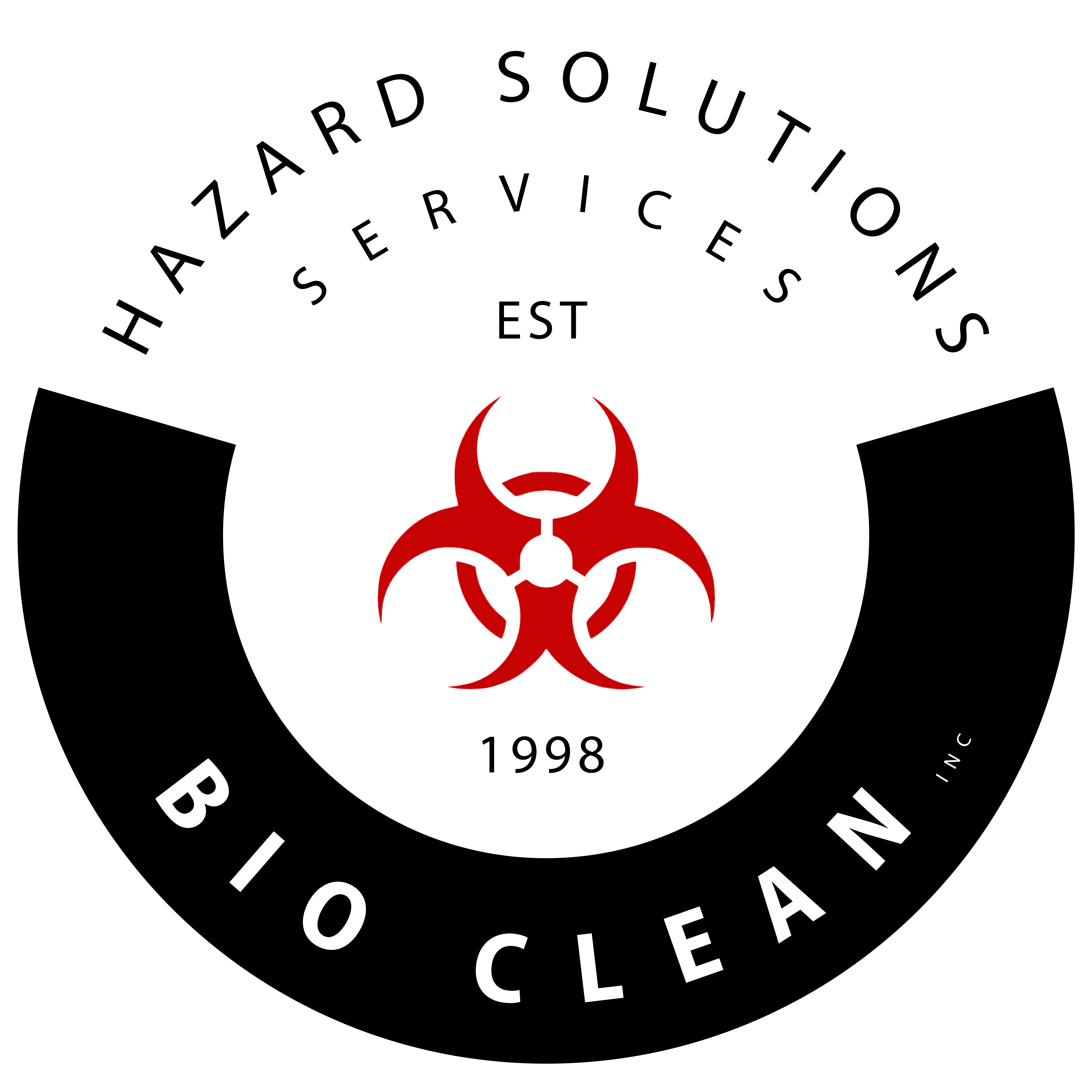
Hoarding and drug-related activities can have profound consequences on the environment, as well as the health and safety of individuals involved in their cleanup. Traditional cleanup methods often involve harsh chemicals and practices that contribute to pollution and environmental degradation. However, there is a growing awareness of the need for eco-friendly approaches to hoarding and drug cleanup. In this blog, we will explore sustainable methods and strategies that prioritize both the well-being of individuals and the health of the planet.
Understanding the Impact
Hoarding and drug-related activities can leave behind a trail of hazardous substances, contaminated materials, and environmental harm. Traditional cleanup methods, which typically involve the use of strong chemicals and non-biodegradable materials, only add to the ecological burden. Recognizing this impact is the first step towards adopting eco-friendly alternatives.
Hazardous Material Identification
Before any cleanup begins, it is essential to identify and categorize the hazardous materials present. This step helps in developing a targeted and efficient cleanup plan while minimizing the use of unnecessary resources.
Green Cleaning Products
One of the easiest switches to make in an eco-friendly cleanup process is the use of green cleaning products. These products are biodegradable, non-toxic, and often made from renewable resources. They provide an effective alternative to harsh chemicals, reducing the environmental footprint of the cleanup process.
Sustainable Waste Management
Proper waste management is crucial in ensuring that the cleanup process is environmentally responsible. Segregating waste into recyclables, hazardous materials, and non-recyclables allows for more effective disposal methods, minimizing the impact on landfills and facilitating recycling efforts.
Recycling and Upcycling
Rather than discarding materials, consider recycling and upcycling as part of the cleanup process. Items such as furniture, electronics, and certain building materials can often be repurposed or recycled, diverting them from landfills and promoting a circular economy.
Restoration of Natural Environments
In cases where the environment has been significantly impacted, restoration efforts should be an integral part of the cleanup plan. Planting native vegetation, implementing erosion control measures, and restoring natural habitats contribute to the overall health of the ecosystem.
Community Engagement and Education
Creating awareness within the community is essential for the success of any eco-friendly cleanup initiative. Educating others about the environmental impact of hoarding and drug-related activities fosters a sense of responsibility and encourages sustainable practices in the long run.
Embracing eco-friendly approaches to hoarding and drug cleanup is not only essential for the health and safety of individuals but also for the well-being of our planet. By integrating sustainable practices, green cleaning products, and community engagement, we can work towards a cleaner, healthier environment. Through these efforts, we can demonstrate that it is possible to address social issues while respecting and preserving the delicate balance of our ecosystems.






